
About Tbilisi
Tbilisi is the capital of Georgia and one of the municipalities located in the Eastern part of Georgia, in Tbilisi basin.This city is distinguished by nature and important cultural artifacts and history. Here you can see waterfalls, lakes and enjoy beautiful views. Eclecticism is a characteristic niche for Tbilisi. There is a culture of many different eras or character which are interestingly mingle with each other. In addition to the capital, it is also worth noting the settlements in the municipality of Tbilisi, where we find pleasant conditions for rest, for relaxation and wandering around the city. Also, here we find temples of historical and cultural value and impressive fortresses.
History
The territory of Tbilisi has been inhabited since the Early Bronze Age (IV millennium BC). In the sources it is first mentioned in the second half of the IV century. By the end of the IV century, Tbilisi had become the residence of the Persian servant - Pitiakhsh. By the middle of the V century it was again in the hands of the kings of Kartli. In the V century, the city was restored and rebuilt by Vakhtang Gorgasali, according to some scientists, this is why he was considered to be the founder of the city. The oldest population of Tbilisi appeared in the district of the sulfur springs. The second district of Tbilisi also emerged in the IV century and in a later period it gradually grew upstream of the Mtkvari. Due to its convenient geographical location, Tbilisi has become one of the important centers of the Middle East. There were significant trade routes to East Transcaucasia and pre-Asia. By the end of the VI century it had become the object of centuries-long struggle, dispersal, and conquest. David IV Aghmashenebeli (the Builder) liberated the city of Tbilisi from the domination of foreigners in 1122. At this period Tbilisi became the state capital. From the XIII century the period of struggle and rebellion for Tbilisi begins again. In 1490, after the disintegration of Georgia into separate kingdoms-principalities, Tbilisi became only the political and administrative center of the Kingdom of Kartli. Since 1633, when Rostom was appointed governor of Kartli, Tbilisi was revived again. In 1735, Tbilisi was conquered by Nader Shah and in 1748, Erekle II liberated it. After that, the city regained strength, founded a philosophy seminar, there were arsenal, mint, earthenware enterprises and dye-houses of textile. Nowadays, Tbilisi is the capital of Georgia and one of the municipalities.
Geography and Climate
Tbilisi is located in Eastern Georgia, in the Tbilisi Basin, on both banks of the river Mtkvari. It borders to the north by the foothills of Saguramo Ridge, to the east by the northwestern part of the Iori Plateau, and to the west by the branches of Trialeti Ridge. Administratively Tbilisi is divided into Gldani, Didube, Vake, Isani, Krtsanisi, Mtatsminda, Nadzaladevi, Saburtalo, Samgori and Chugureti districts. The main artery of the city water is the river Mtkvari. In the past, the basin of Tbilisi was covered by oak and hornbeam forests, but in the vicinity of Tbilisi forests have long been cut down and now, as part of the settled city, and neighboring plains, hills and mountain slopes occupied by paliurus of wood, stepped verdure and artificially built plants. According to general signs, the climate of Tbilisi is subtropical and semidry. Here it is hot summer and cold winter. The average air temperature in July is + 24.4, and in January it is + 0.9 °C. Sulphuretted hydrogen thermal water flows into many places in the old districts of Tbilisi. It is an important mineral of the city.
What to see
Tbilisi is very interesting with its diverse culture. Here you will find the settlement of the Bronze Age, medieval temples, fortresses that have endured numerous battles, carved and stained glass Italian yards, architectural samples and museums of different eras, where you will get acquainted with Georgian treasures, history, culture and art. Apart from places of cultural and historical significance, you will enjoy beautiful waterfalls, lakes and extensive views of the city or mountains. Here you can find yourself on a narrow street between ancient buildings after the noisy rhythm of the city, and soon you will drown in the tranquility of nature. You can also attend interesting festivals and celebrations in Tbilisi (Tbilisoba, Tbilisi Open Air, Art-Gene and others), where you will listen to quality music, you will get acquainted with Georgian culture and character of this city.
Tourist places
- Mtatsminda Park
- Old Tbilisi
- Tbilisi Botanical Garden
- Leselidze Street
- Abanotubani
- Shardeni Street
- Rike Park
- Holy Trinity Cathedral of Tbilisi
- Monument of Temka - “The Chronicle of Georgia”
Nature
- Lisi Lake
- Turtle Lake
- Leghvtakhevi Waterfall
- Chili Lake
- Gldani Lake
- Tbilisi Sea
- Asuretiskhevi Gorge
- Tbilisi Botanical Garden
- Tbilisi National park
- Tbilisi Dendrological Park
Cultural Monuments
- Anchiskhati
- Kashveti
- Sioni
- Narikala
- Metekhi
- Betania
- Kojori Fortress
- Queen Darejan Palace
- Tbilisi Ethnographic Museum
- Lurji Monastery
Resorts
- Tbilisi Balneological Resort
- Tskneti
Our guides are ready to help you on this trip
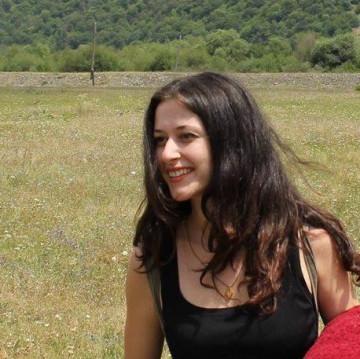
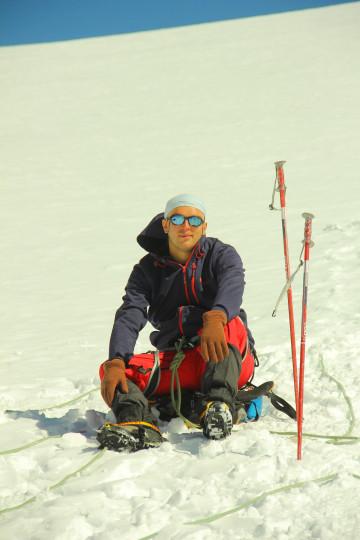
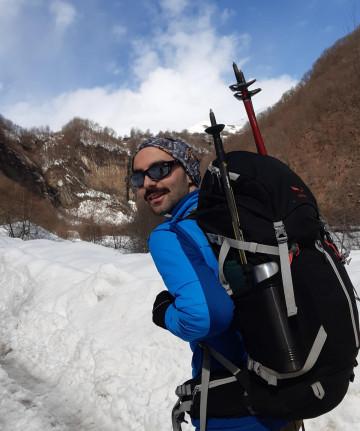
Book a tour online!
Buy our tours online and explore incredible Georgia!






























































































Map

Tbilisi Video - https://www.youtube.com/watch?v=iy23JdEp2-I
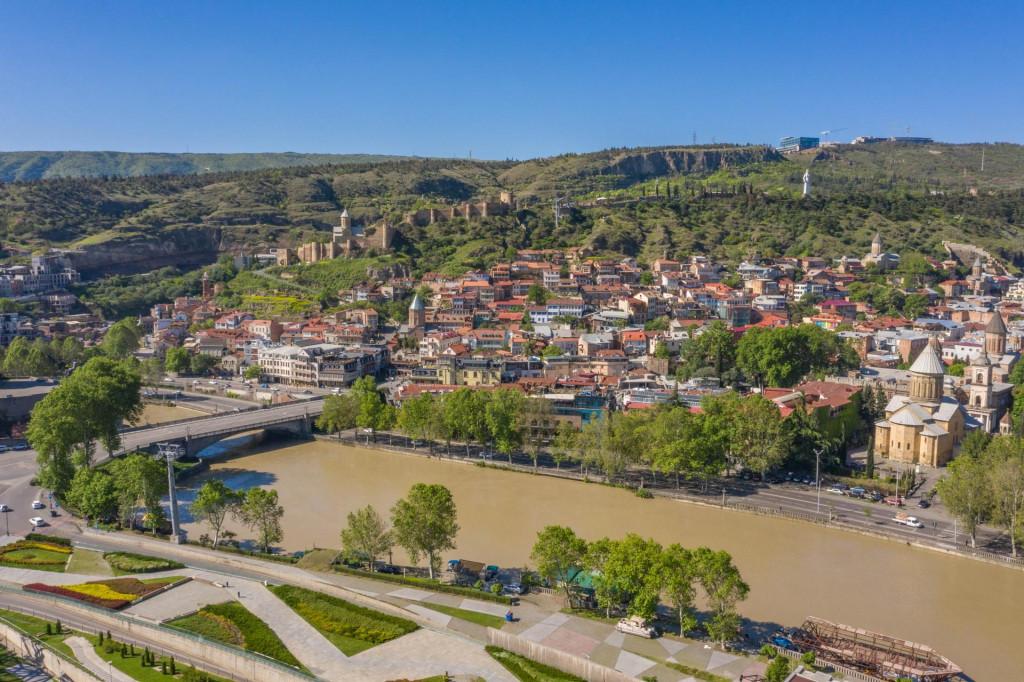








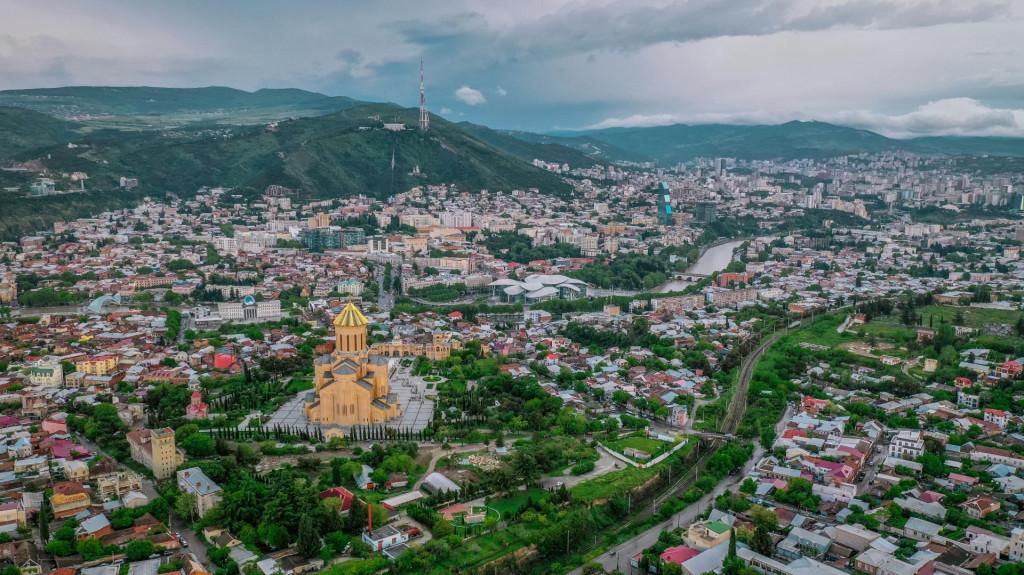




Please login to ask a question
Ask a Questionრომელი ადგილი უნდა ნახო საქართველოში პირველი და რატომ???
სალამი. გააჩნია თქვენ რა მიმართულება მოგწონთ. თუ კულტურული ტურიზმით ხართ დაინტერესებული: სვეტიცხოველი და თბილისის მონახულებას გირჩევდით.
რომელი ადგილი უნდა ნახო საქართველოში პირველი და რატომ?